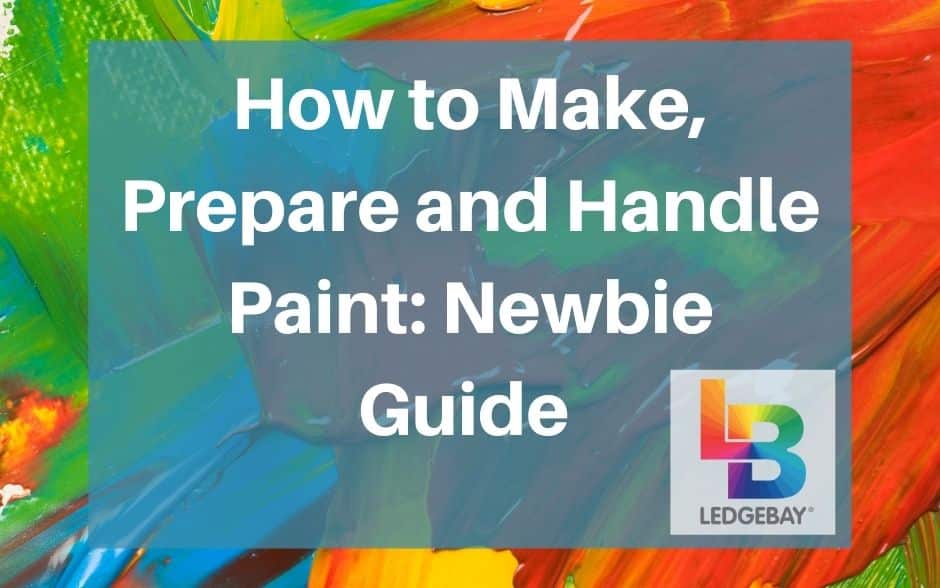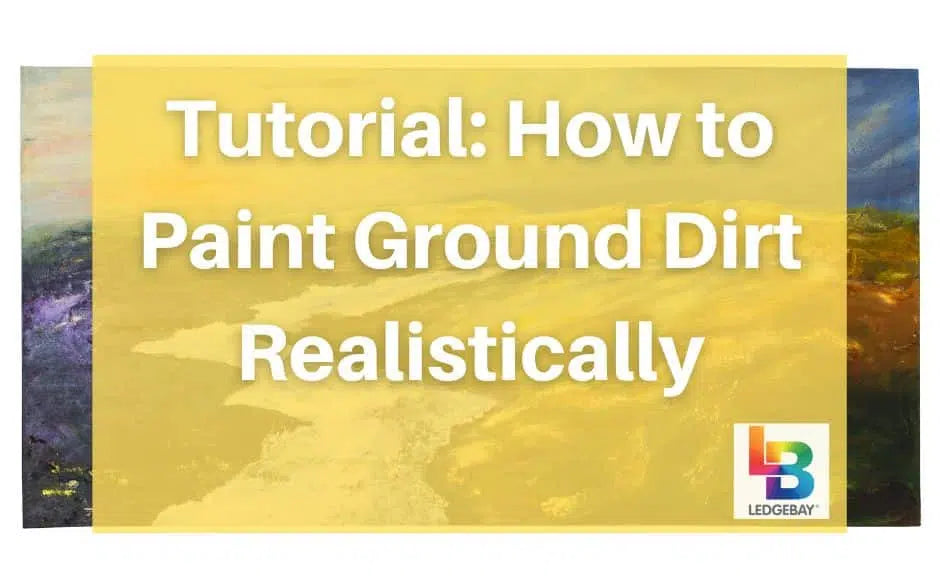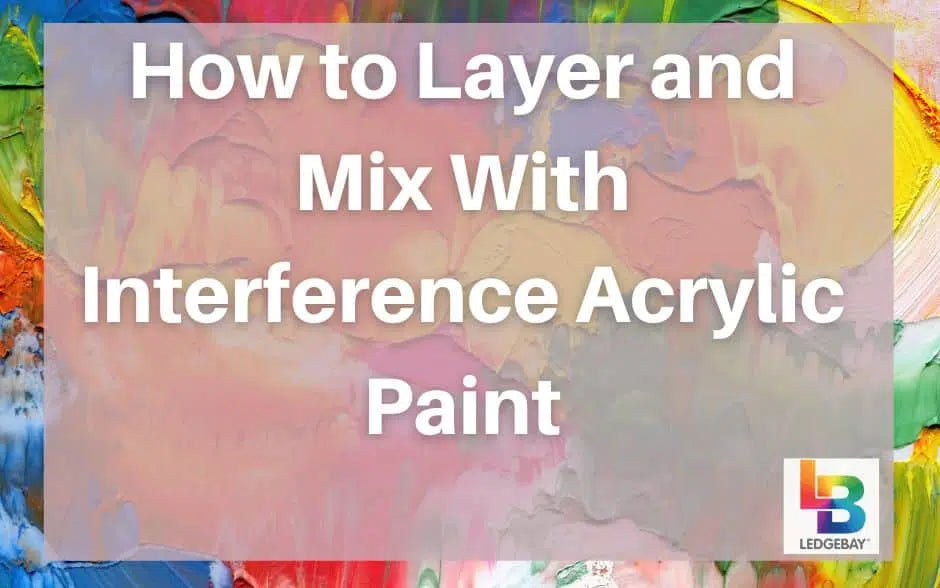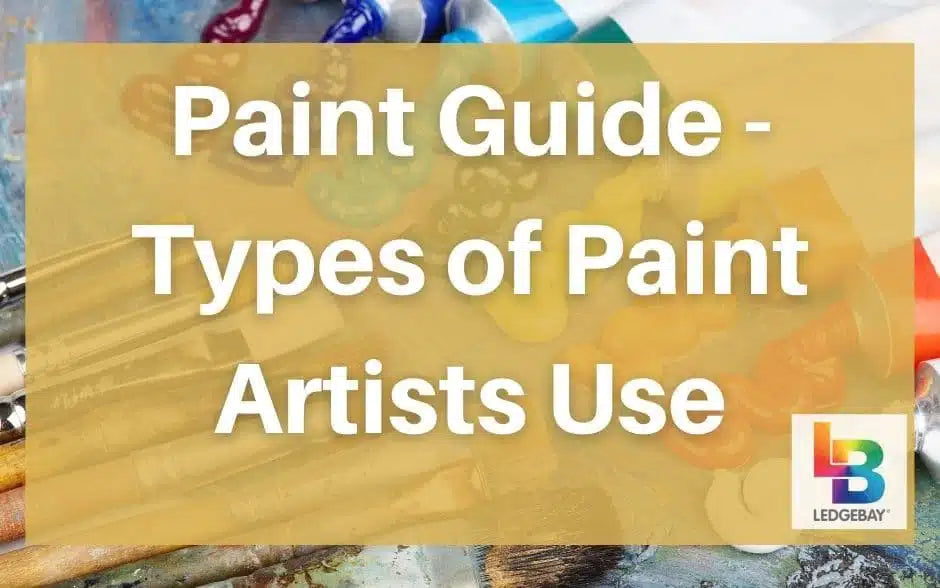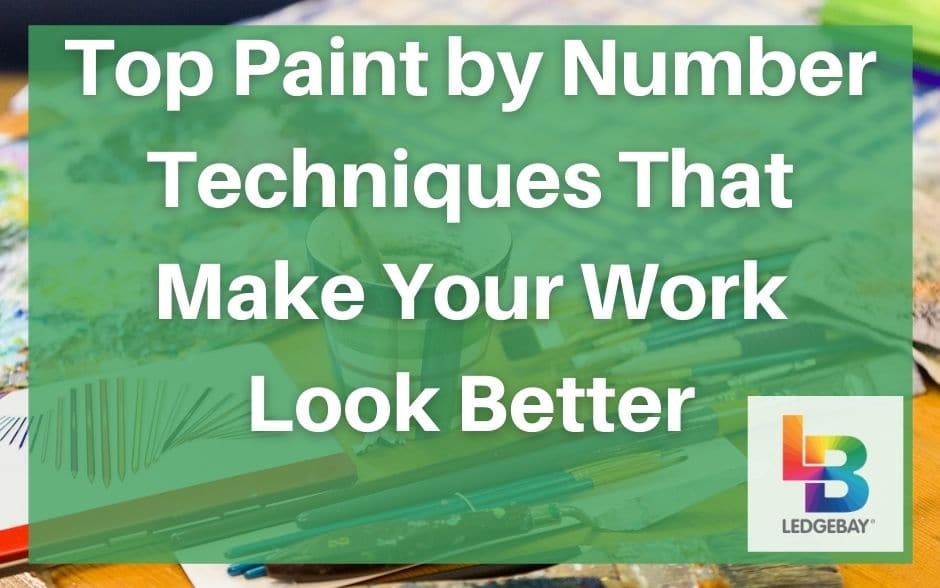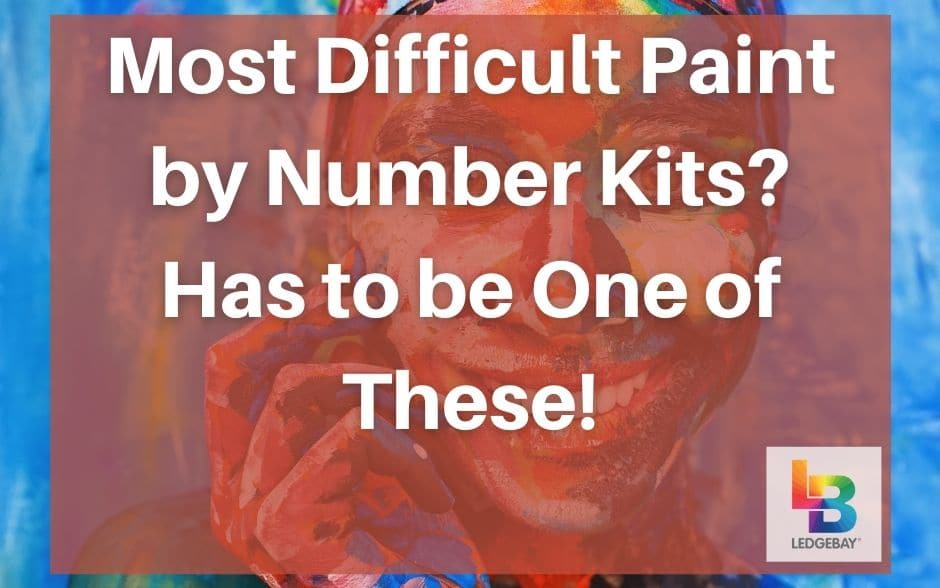Do you want to learn how to make paint to start an artistic painting project? Depending on the type you choose, you need to prepare it differently. Keep reading to learn more.
There are various types of paint out there, the most common of which are oil, acrylic, and watercolor. Each type has its own set of characteristics, as well as its pros and cons.
In this article, we’ll explain the differences between these three particular types of paint and how to make each type of them at home. Let’s jump right into it.
Oil Paint
 Oil is the most traditional type of paint . Its use dates back to the 7th century AD. It is basically a pigment embedded in oil. Usually, the oil is linseed or safflower oil.
Oil is the most traditional type of paint . Its use dates back to the 7th century AD. It is basically a pigment embedded in oil. Usually, the oil is linseed or safflower oil.
Oil paint is known for its slow drying . It gives the artist more time to work on their painting and it helps with blending .
It is durable and lasts for centuries. However, the color tends to darken if it hasn’t been exposed to light for long. As soon as you expose it to light, it lightens up again.
When dealing with oil painting, it’s common to use mediums to thin it out. You’ll also need a solvent to clean your brushes . Note that the solvent might be toxic and flammable.
[amazon box="B0082B7P16"]
[amazon box="B0149KTEPS"]
How to Make Paint - Oil
Oil paint can be expensive , but I’ll show you how you can easily make it at home.
Materials
- Pigment
- Cold-pressed linseed oil or safflower oil
- A muller
- A slab or a glass surface
- A palette knife
[amazon box="B01G176P6I"]
- Empty paint tubes
Linseed oil is what most oil paints are made of. It dries faster than other types of oil, but it yellows the most.
Safflower oil, on the other hand, doesn’t yellow, but it takes too long to dry. Personally, I prefer linseed oil.
As for the pigment, I recommend the brand Gamblin for pigment powder. I’m using the Gamblin Dry Pigment in the color cadmium red. The rest of the materials can be found at your local art store.
[amazon box="B002641G88"]
[amazon box="B000HFCKKQ"]
Instructions
- Make a volcano of pigment on the glass slab.
- Pour some linseed oil on the pile of pigment.
- Start mixing the powder and the oil with the palette knife.
- You can add more pigment or more oil depending on if your mixture is too wet or too dry.
- Keep stirring until the powder pigment is completely mixed and saturated with the oil.
- Once it’s fully mixed, use the muller to grind the pigment further with the oil. Grind in small circles and in figures resembling the number ‘8.’ Don’t forget to wipe the excess paint off the muller.
- Use your palette knife to scrape the paint to the middle.
- Repeat the previous steps of grinding and scraping until you feel the paint becomes consistent.
- Transfer the paint into an empty tube or container.
Acrylic Paint
 Acrylic paint is the most common type of paint, especially among beginners. It can be used on all types of surfaces. It’s easy to use and it’s cheap, so feel free to experiment with the paint as much as you need .
Acrylic paint is the most common type of paint, especially among beginners. It can be used on all types of surfaces. It’s easy to use and it’s cheap, so feel free to experiment with the paint as much as you need .
Acrylic paint dries fast as opposed to oil paint. This is an advantage if you want to build thick layers in a short period of time.
This type of paint can resemble oil paint or watercolors , depending on the quantity of water that’s used.
How to Make Paint - Acrylic
Acrylic paint is probably the easiest to make out of the types discussed in this post. The techniques used in making oil paint are quite similar to the ones needed to make acrylic .
Materials
- Pigment
- Acrylic binder
- Glass palette
- Palette knife
- Water or alcohol
- Eyedropper
We can use the same type of pigment that we used to make oil paint . I like to eyeball things when making mine, but keep in mind that some brands have their own ratio recommendations.
Instructions
- First, we need to disburse the pigment in water or alcohol on the glass palette. Alcohol will disburse easier than water as it’s less dense. I like to use a mixture of both.
- Add more liquid to the mixture if needed. It’s recommended to use an eyedropper so you won’t add too much. You can add more pigment if the mixture needs to be thicker.
- Keep mixing the liquid and the pigment until you get a paste-like consistency.
- Now it’s time to mix in our medium. I use Liquitex 5008 Professional Fluid Medium.
- After mixing the binder with the pigment using our palette knife, start grinding the pigment using the muller as explained above.
- Keep grinding as long as needed until you get the consistency you desire.
- Lastly, transfer to an empty tube or container for storage.
Watercolors
 Watercolor paint is made mainly of pigments bound together by gum arabic solution. One of the biggest pros of painting with watercolors is that you don’t need a lot of equipment. You just need brushes, watercolor paint, water, and a water-absorbent surface.
Watercolor paint is made mainly of pigments bound together by gum arabic solution. One of the biggest pros of painting with watercolors is that you don’t need a lot of equipment. You just need brushes, watercolor paint, water, and a water-absorbent surface.
It’s hard to master watercolors because you can’t paint over an area where you made a notable mistake. This is due to the transparency of the watercolors. But this transparency also gives the colors a great deal of inner brilliance and clarity, which is primarily the reason why some people opt for watercolors.
[amazon box="B07ZMJKMWQ"]
[amazon box="B005P1RSDG"]
How to Make Paint - Watercolor
Making watercolors consists of two steps: the first is making the binder and the second is making the paint itself.
Making the Binder
Our binder here mainly consists of gum arabic. It’ll be acting as the base of the watercolor paint.
Materials
- Gum Arabic powder
- Glycerin
- Boiling, distilled water
- Clove oil (optional)
Instructions
- In a glass container, mix four parts boiling, distilled water with two parts gum arabic powder until there are no lumps.
- Add to the previous mixture one part glycerin. This is a humectant that helps retain its moisture. It also prevents cracking.
- Strain the mixture with a muslin cloth when pouring it into the storage container to make sure there are no lumps.
- You can add two drops of clove oil to preserve your binder for a longer time.
- Let the mixture sit for 24 to 48 hours before using it. It’s advisable to store it in the fridge.
Making the Paints
Now that you’ve prepared your binder (gum solution), it’s time to make the paints themselves.
Materials
- Pigment
- Honey
- A glass surface
- A muller
- Palette knife
Instructions
- Add honey to the previous solution. It’s best to use four parts gum solution to one part honey. Honey does the same job as the glycerin, but mixing both of them is advised for best results.
- Mix the binder with the pigment using the palette knife. Here you can use whatever ratio you like. Again, I like to eyeball it. Some like a one-to-one ratio, while others prefer more binder than pigment.
- Once you get a paste-like consistency, start grinding the paint using the muller.
- Keep grinding as illustrated before until you get the desired consistency.
- Now transfer the paint into plastic half pans or any containers you prefer.
How to Make Paint - Final Thoughts
Making your paint at home creates some kind of a connection between you and your paint. There’s something so appealing about using your own colors in your painting .
You need to make sure that you’re taking all the necessary precautions when making it though. The pigments that are used can be toxic.
It’s necessary to wear gloves and long sleeve tops. Also, you need to wear a respirator mask. This is essential to prevent inhaling any powder particles.
To view our complete gallery of painting by numbers kits,CLICK HERE!


